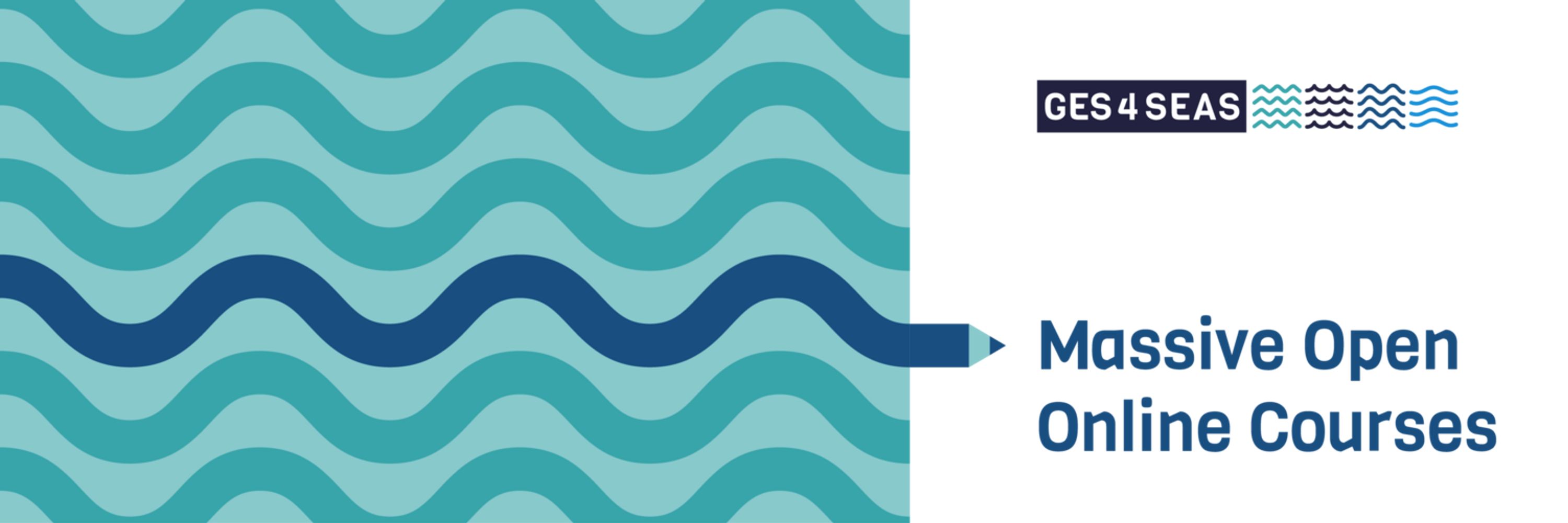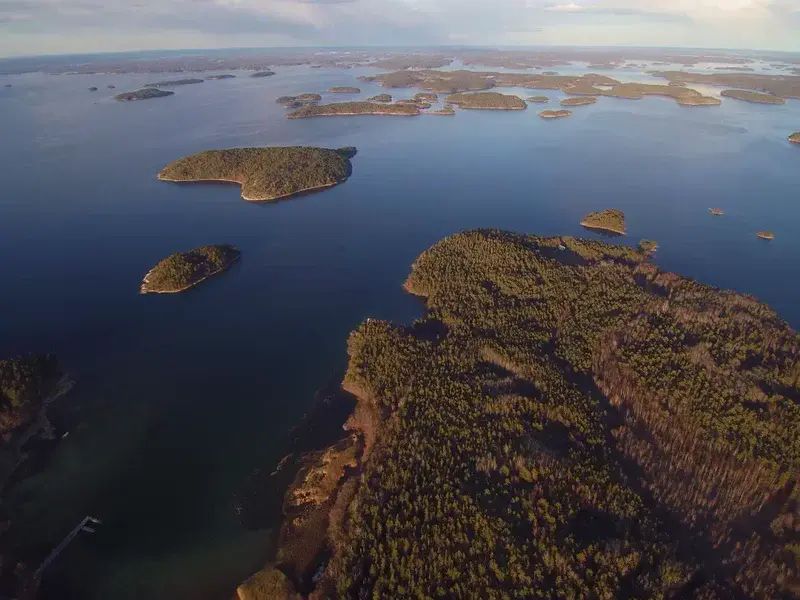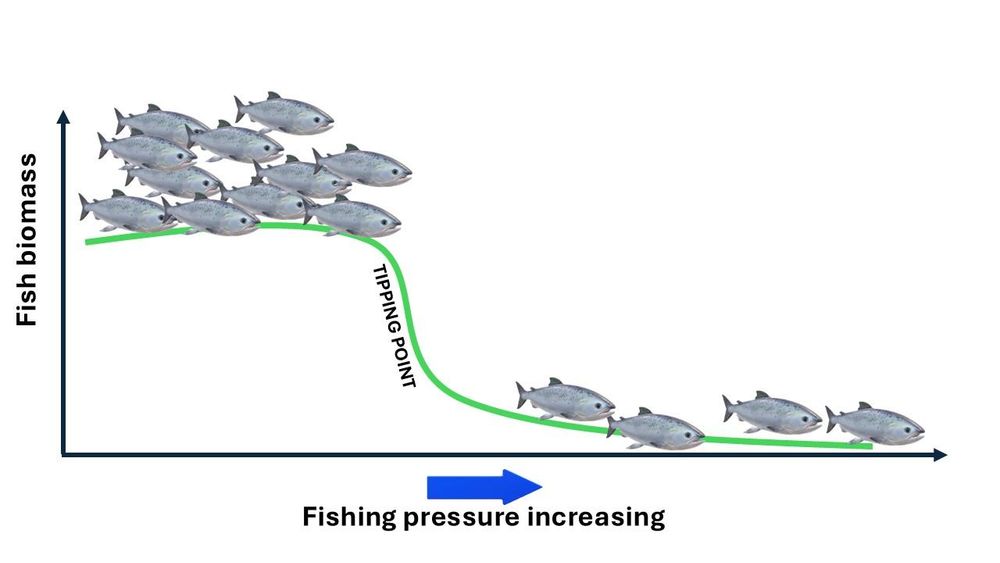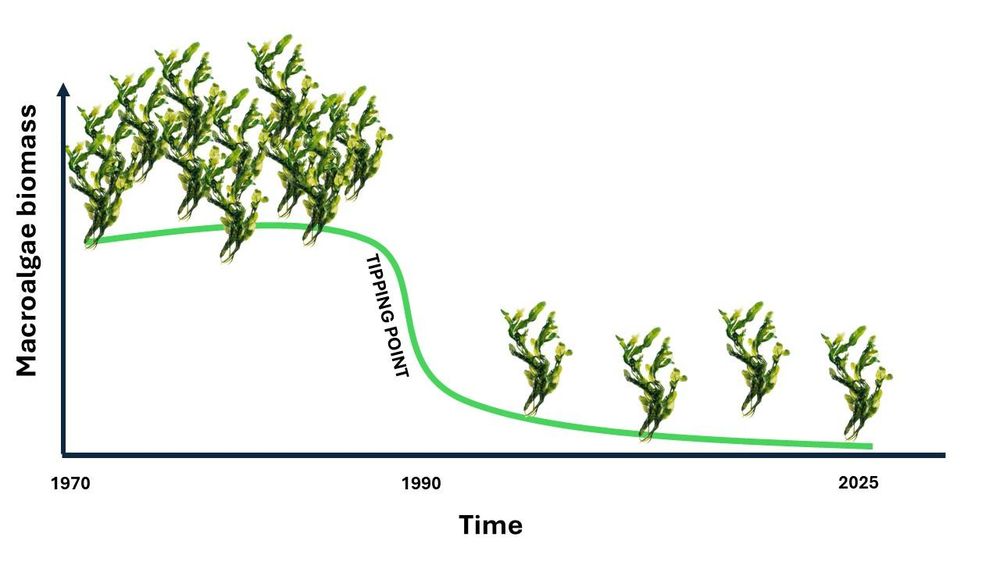GES4SEAS MOOCs
@ges4seas-mooc.fediscience.org.ap.brid.gy
130 followers
0 following
47 posts
GES4SEAS is an EU project to develop an innovative toolbox to assess the seas in the context of adaptive Ecosystem-based management. – This account is […]
[bridged from https://fediscience.org/@ges4seas_mooc on the fediverse by https://fed.brid.gy/ ]
Posts
Media
Videos
Starter Packs










